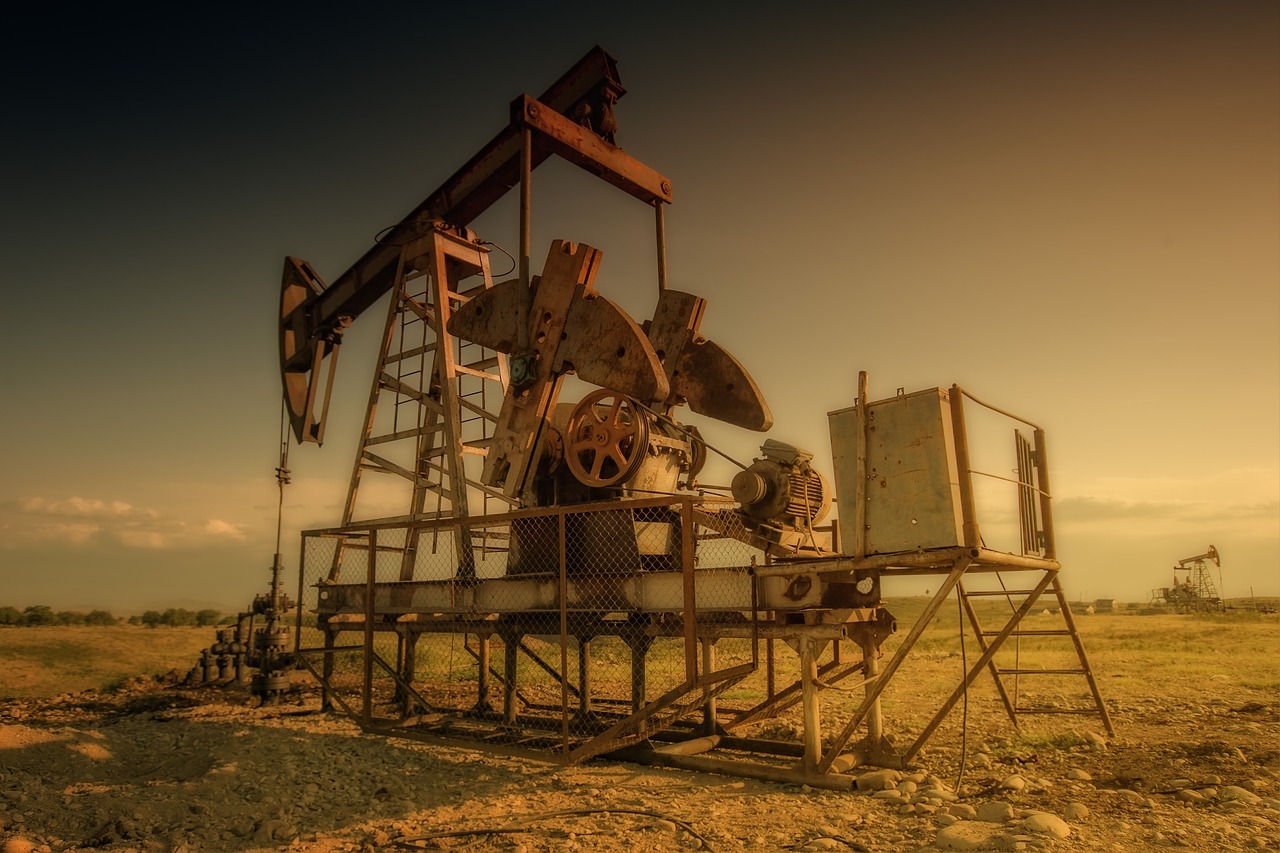Introduction to Spatial Data
In the digital age, data has taken on an unprecedented level of importance. Clive Humby the British mathematician famously stated, “Data is the new oil.” Locational or spatial data stands out as a useful resource among the numerous forms of data. Spatial data, or the “science of where,” allows us to better comprehend our surroundings and make more educated decisions.
The Importance of Spatial Data
Spatial data is important in a variety of businesses and fields, including urban planning, disaster management, marketing, and environmental conservation. It provides for better decision-making, problem-solving, and resource management by offering a deeper grasp of the spatial linkages between objects and places.
Data as the New Oil
Clive Humby’s comparison of data to oil stresses its importance and potential. Data, like oil, may be purified and used to power inventions and economic progress. With the rapid growth of technology, the value and use of data, particularly spatial data, will only expand.
Understanding Locational Data
Any data that contains information about a specific location on the Earth’s surface is referred to as locational data, also known as geospatial data or geographic information. This could be latitude and longitude, zip codes, states, countries, and so on.
Types of Locational Data
There are two main types of locational data: vector and raster data. Vector data is composed of points, lines, and polygons, while raster data consists of grid cells or pixels. Each type has its advantages and disadvantages, depending on the specific application.
Capturing Locational Data
Locational data can be collected using various methods, such as remote sensing (e.g., satellite imagery), Global Positioning System (GPS) devices, and Geographic Information Systems (GIS) software. These technologies allow for the accurate and efficient capture of spatial data on a global scale.
The Science of Where: GIS and Spatial Analysis
To fully realize the potential of spatial data, we must be able to efficiently analyze and interpret it. This is where Geographic Information Systems (GIS) and spatial analysis approaches come into play.
Geographic Information Systems (GIS)
A geographic information system (GIS) is a computer-based tool that allows users to store, analyze, and visualize spatial data. GIS allows for the construction of comprehensive maps as well as the detection of patterns and links between distinct spatial characteristics by combining diverse data layers.
Spatial Analysis Techniques
Spatial analysis involves the use of various techniques to study the distribution, interaction, and relationships of spatial features. Some common methods include:
- Buffer analysis: Identifying areas within a specific distance of a feature or location.
- Overlay analysis: Combining multiple layers of data to reveal patterns or relationships.
- Network analysis: Studying the connectivity and flow within transportation or utility networks.
- Hotspot analysis: Identifying areas with high concentrations of a particular attribute or phenomenon.
Real-World Applications of Spatial Data
Spatial data is critical in many companies and areas. Here are a few examples of how locational data is being used to improve our world:
Urban Planning and Infrastructure
Spatial data is used by urban planners and civil engineers to create and manage the built environment. Transportation networks, utilities, land use, and zoning are all included. They can discover development regions, establish the optimum placements for future facilities, and maximize the efficiency of current infrastructure by evaluating spatial data.
Disaster Management and Climate Change
Spatial data is essential for monitoring and mitigating the impacts of natural disasters and climate change. By using locational data, emergency responders can identify vulnerable areas, assess the damage caused by disasters, and plan effective response and recovery efforts. Climate scientists also rely on spatial data to track changes in the environment and model future scenarios.
Business and Marketing
Locational data is used by businesses for market research, site selection, and consumer analysis. Businesses may optimize their marketing tactics, identify the ideal locations for new establishments, and improve customer service by understanding the spatial distribution of their target market.
Environmental Monitoring and Conservation
Environmental monitoring and conservation initiatives rely heavily on spatial data. Scientists use locational data to follow wildlife movements, evaluate ecosystem health, and investigate the consequences of human activity on the environment. Spatial data is also used by conservation organizations to prioritize conservation efforts and administer protected areas.
The Future of Spatial Data and Technology
The potential for spatial data to revolutionize our environment is enormous, and technological advances will only enhance its capabilities.
Artificial Intelligence and Machine Learning
The incorporation of artificial intelligence (AI) and machine learning (ML) technologies into spatial analysis and GIS software will enable more sophisticated and accurate spatial data analysis. This will offer deeper insights, better decision-making, and increased efficiency in a variety of businesses.
Real-Time Data and IoT Integration
As the Internet of Things (IoT) becomes more prevalent, real-time spatial data will become increasingly important. The integration of IoT devices and sensors with GIS technology will enable more accurate, timely, and dynamic analysis of locational data, leading to smarter cities and more responsive systems.
Conclusion
In today’s data-driven society, spatial data has become a vital resource. As the “science of where,” it helps us understand and navigate our complex and interconnected world. We can make better decisions, solve issues, and design a better future for ourselves and our world by utilizing the power of locational data.
Frequently Asked Questions
What is the difference between spatial data and non-spatial data?
- Spatial data contains information about a specific location on the Earth’s surface, while non-spatial data does not have any geographic component.
How is spatial data stored?
- Spatial data can be stored in various formats, such as shapefiles, geodatabases, or raster files. These formats are designed to accommodate the unique characteristics of locational data.



